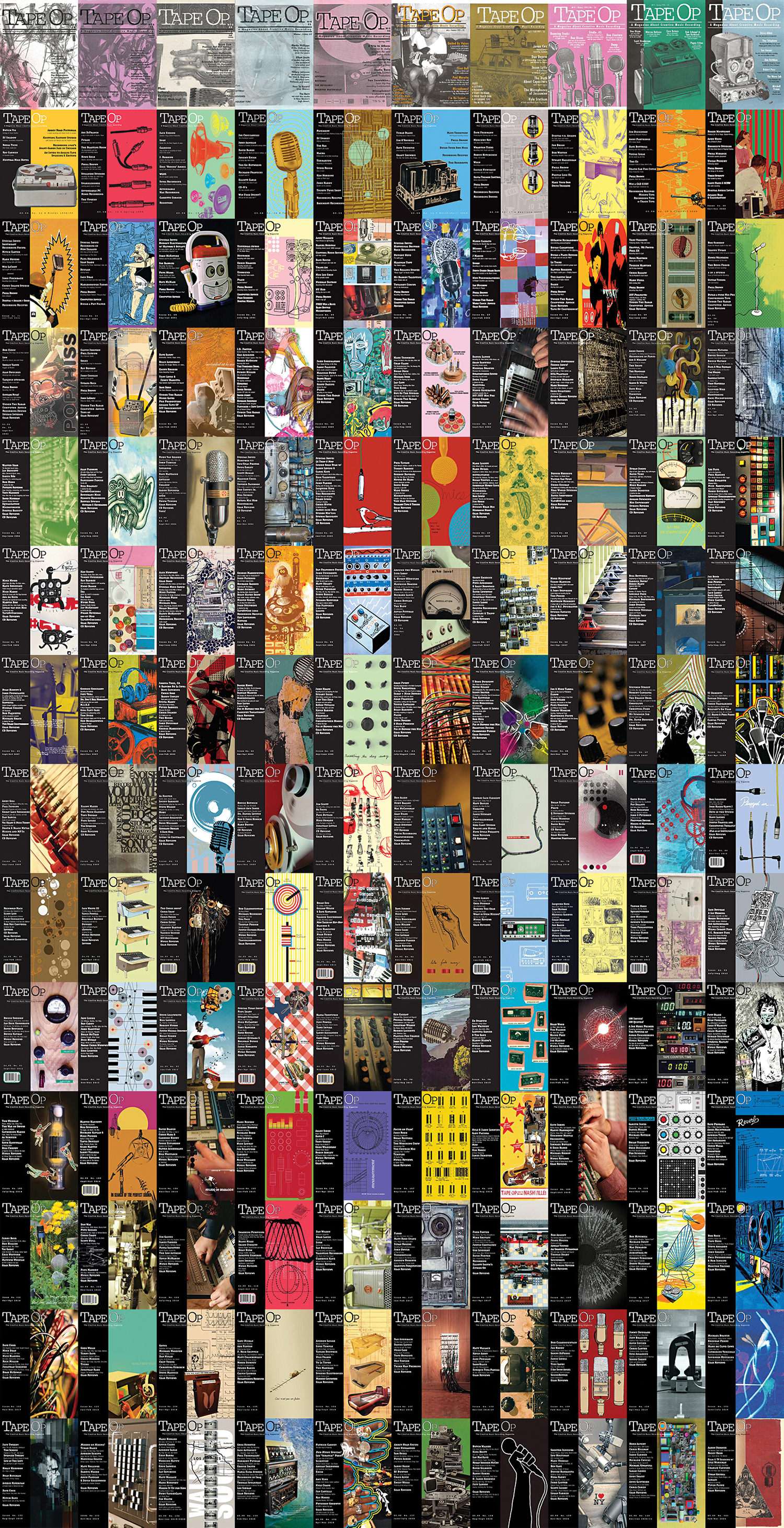For mixing, arguably the most important consideration for your monitoring setup is translation. You can have the most mind-blowing speakers in the world, but if for whatever reason the work you do on them doesn’t sound right elsewhere, what’s the point? The physical room you are working in – and how your speakers interact with it – is equally crucial. The dimensions of the room distort and exaggerate certain frequencies and decay times, so you need to acoustically treat the room to deal with that, or you’ll make bad decisions. These facts are obvious to anyone who has tried to set up a room, but they bear repeating here.
In my quest for a setup where I can truly hear everything reliably, I have had over a dozen different brands and models of speakers in my studio, not to mention a bunch of acoustic treatment approaches. It’s been educational, but also exhausting and expensive! So, this is where the subject of my review comes in. Dutch & Dutch 8cs are active three-way monitors, with built-in acoustic management. They are specifically designed to help you make the room disappear from the equation by actively matching themselves with the room. They employ some brilliant and unique engineering to solve a range of problems via integrated physical design and DSP.
Each 8c has its own web page interface reached via an Ethernet port on the back of the monitor. In the Room Matching section of the web interface, you enter the specific distance to the front and sidewalls, and it calculates how the 8c will adjust phase, delay, and frequency-specific output levels to achieve an optimal response.
Experimenting with these distance settings reveals where the bass frequencies couple with the wall behind them. It’s interesting to hear the phase shift around as you do this. They benefit from being close to the wall as part of this system. Dutch & Dutch calls this “Boundary Coupled Bass” – as in the wall is effectively part of the speaker system. Below 100 Hz the radiation pattern is hemispherical. The dual woofers are on the rear of the enclosure; the DSP handles delay of them relative to the mid and tweeter at the front, so you end up with a time-aligned signal at mix position.
The 8cs have a cardioid response from 100 Hz well into the mids, created by their physical build. A port on each side of the 8c, right next to the mid driver, projects an out-of-phase portion of the midrange signal, which cancels out when meeting with the mids emanating from the front, thus reducing both side and rear reflections. For this reason, the 8cs need to be set up vertically only, or at least suspended so that the ports are not blocked.
The sound heading toward the listening position has tightly focused projection without an excess of reflected information smearing things up. The higher frequencies are similarly corralled by a controlled, direct waveguide. It all adds up to what Dutch & Dutch calls “Constant Directivity.” The result is a wide sweet spot with great spatial imaging and a clear sonic landscape. Details are crystal clear, and nothing is exaggerated.
The room matching gives only a basic preset, so it’s really just a starting point. Once that is set, you can address your specific room’s problems with corrective EQ’ing, by way of the 24 filters in each 8c. You can do this manually, but there is a fantastic feature to accomplish this with some science by using the handy room measuring app Room EQ Wizard (REW). You capture the room with a neutral measuring mic (like the miniDSP UMIK-1), and REW will generate a list of EQ settings that will flatten your room response very significantly. The 8c’s web page app will import those settings, and voila; instantly your room sounds much closer to flat than you could get short of a purpose-built room, or with using lots and lots of treatment. I actually found it less interesting once flattened out, so I made use of the old-school treble, bass, and sub controls on the monitor’s dedicated web page interface that gives a general boost or cut in those areas. The result is inspiring, powerful, deep, and most importantly, translates well.
These monitors are not fatiguing, which is critical for long days of intense concentration. They sound absolutely fantastic at all levels – you really hear into them. The result is so three dimensional that I feel like I can aurally walk around a drum set and inspect the toms in some songs! They’re even physically beautiful, with solid oak enclosures and different face colors available.
There is of course a cost that goes with all this wonder: The 8cs are hellishly expensive. I’m talking $12,500 for a pair – before sales tax! But if you start doing the math, it becomes a bit easier to swallow. You don’t need a sub, because they can push subby lows to punishing levels, and still maintain loads of headroom. Their amps are seriously burly; I’ve never heard them become strident or overtaxed in any way. And the way they eliminate room problems allowed me to get rid of a lot of treatment, making my whole physical space feel better (you will of course still need some basic room treatment, for killing reflections and soaking up excess roominess). I was able to sell off my very expensive room optimizer too.
Breaking news: There is a nice new development to report! As of this review, the 8c Studio is now available, which in order to bring prices down comes in an MDF enclosure instead of oak and doesn’t have a streaming feature (that you’ll never use in a studio anyway) – they weigh in at only $9600 for a pair.




_disp_horizontal_bw.jpg)